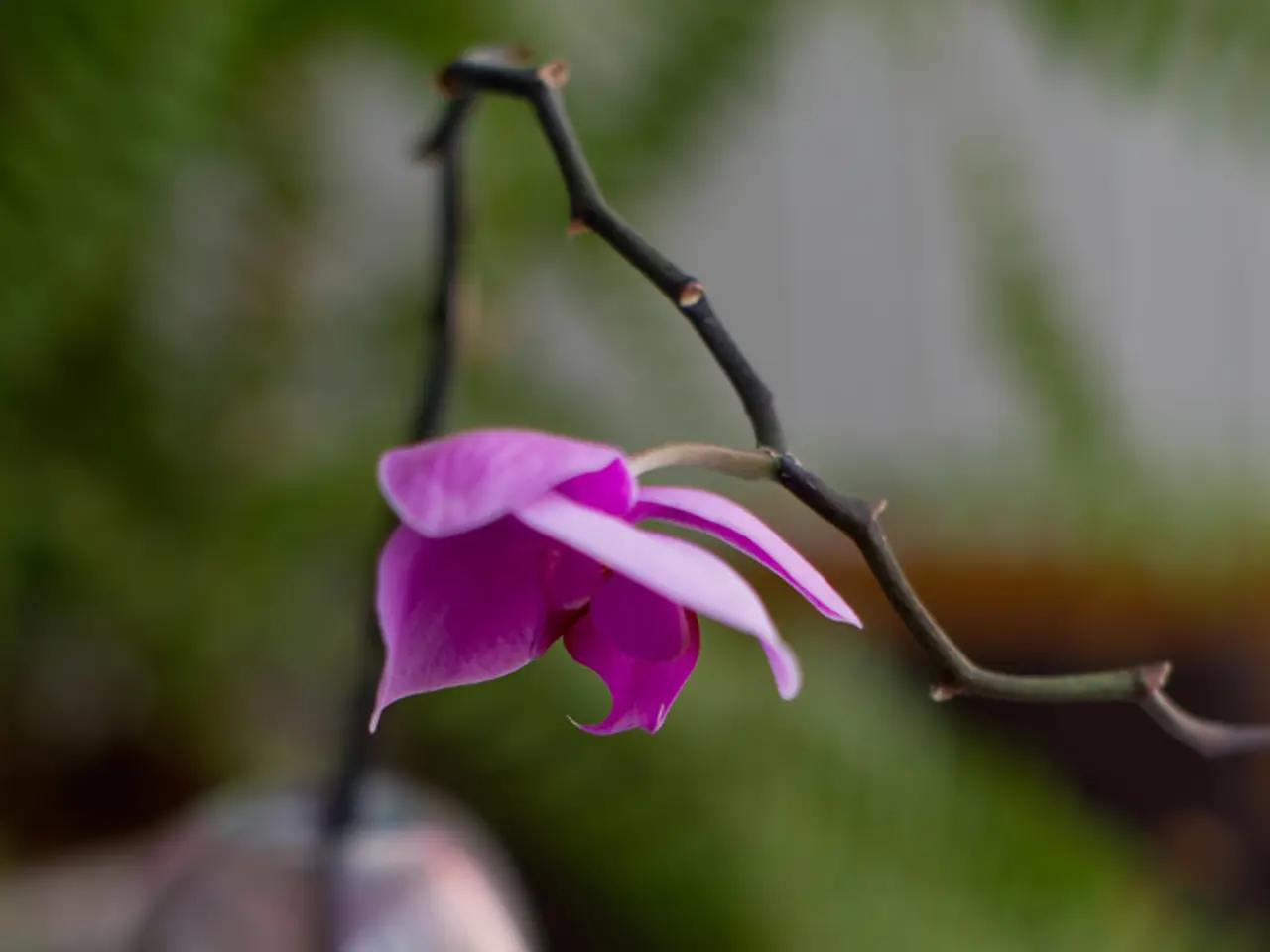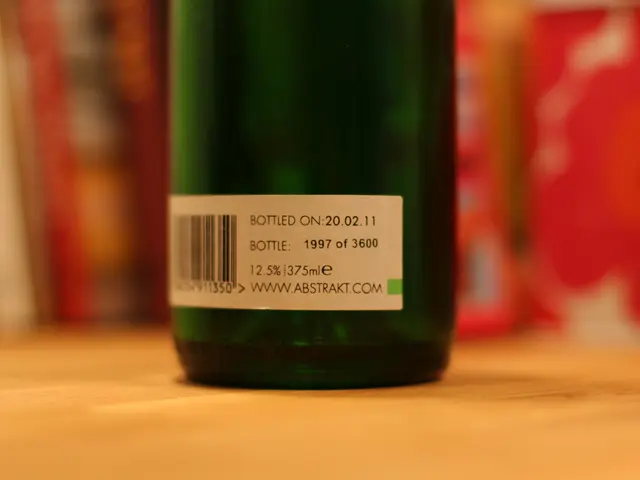Harvesting and Utilizing Self Heal: A Guide
Self Heal, a common wild plant, is a fascinating find for foragers and herbalists alike. This edible weed, with its distinctive features, can be spotted easily in fields, meadows, and along roadsides.
Self Heal stems are square and typically measure between 2 and 12 inches tall. They are tough and usually reddish in colour. The leaves, which are typically green but may be gray-green or reddish at the tip, are ovate to lance-shaped, about one inch long and a little more than half an inch wide. They may have smooth or obscurely toothed edges.
The plant's flowers are tubular, with two lips. The top lip is usually purple, and the bottom lip is often white or purple, but the flowers may also be bluish or pinkish. The bottom lip is deeply two-lobed and fringed, giving the flower a unique appearance. Self Heal flowers have four stamens.
Self Heal can be distinguished from other wild plants like Ground Ivy and Henbit. Ground Ivy leaves are attached to the stem by petioles from their center, and the leaves are kidney or fan-shaped with round toothed edges. Henbit leaves are more roundish with deeply scalloped margins, petiolated lower leaves, and narrower flowers without fringed lower lips.
Purple Dead Nettle, another wild plant, can be distinguished by its leaves that transition from green to purple-red or pinkish near the top of the stem and have fuzzy leaves, heart or arrow-shaped leaves, and no petioles on the lower leaves.
Self Heal is not just visually appealing, but it's also a delicious addition to many recipes. It can be eaten raw or cooked and is a great ingredient in salads, smoothies, soups, stews, casseroles, teas, and infusions.
Beyond its culinary uses, Self Heal has a long history in traditional medicine. It can be made into a tincture for general spring tonic use, alongside dandelion tincture, chickweed tincture, and burdock tincture. Self Heal flowers have specific recipes for making oxymel for immune support, serum for skin protection, and poultice for treating minor wounds.
Self Heal can also be used in various herbal preparations for internal use like herbal oxymel, herbal-infused vinegar, herbal-infused honey, and simple herbal teas. In addition, it can be used in salves, ointments, massage oils, and poultices for external use.
Moreover, Self Heal's uses extend beyond the physical realm. In various cultures, self-healing practices involve spiritual, emotional, and physical methods such as ritual healing by Balinese Balyan healers who integrate spiritual wisdom with herbal medicine, or the practice of therapeutic writing in Western contexts to facilitate emotional relief and psychohygiene. In Traditional Chinese Medicine, practices like Qigong blend movement, breath, and meditation to support self-healing and health maintenance.
Self Heal produces smooth, shiny brown nutlets as seeds, which typically ripen between August and September. These seeds are the plant's way of ensuring its survival and spreading, ready to be discovered by the next forager or herbalist.
Read also:
- Comprehensive Overview of Addressing Traumatic Brain Injuries (TBIs)
- Enhanced Health Services Provisioned by San Diego Academic Health Partnership Continues During COVID-19 and Beyond
- Vaccination drive targeting infants under 6 months old against bronchiolitis in the region of Andalucia
- Biopsy Basics: Objectives, Varieties, and Potential Hazards - Healthline Illuminated






